entanglement
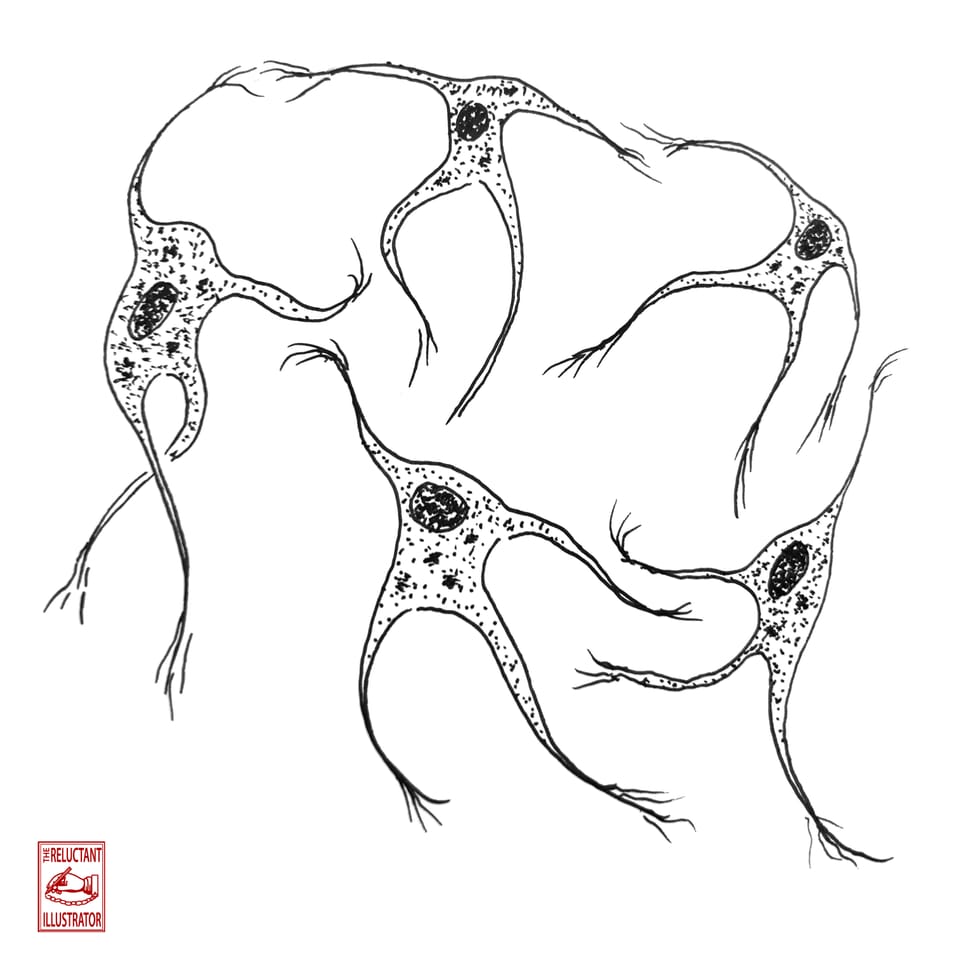
or maybe enmeshment?
I've been working on a commission for an art installation over the past few months. It's a large format artwork for a large format company that engages in:
...innovative problem-solving that leverages behavioural science, analytics, technology, and facilitation to offer innovative programming to help project teams tackle complex challenges. [It's] immersive physical environments are designed to incubate innovation, disrupt conventional thinking, spur creativity, and foster breakthrough solutions for corporate teams.
Seems like a cool place to make things happen?
The work
I took the opportunity to create a large wall piece - it's about 8' x 8' - from work that I've been developing in my Brain Terrains series –an ongoing exploration that combines medical imaging and satellite imaging – and from my work with the Inner-Selfie project. I'm interested in investigating the idea of the Self as a temporal construct that lives in a gap between an inner and outer world – a bit like the emergent boundary experience you have on a roller coaster – and this was a great opportunity for me to work at scale!
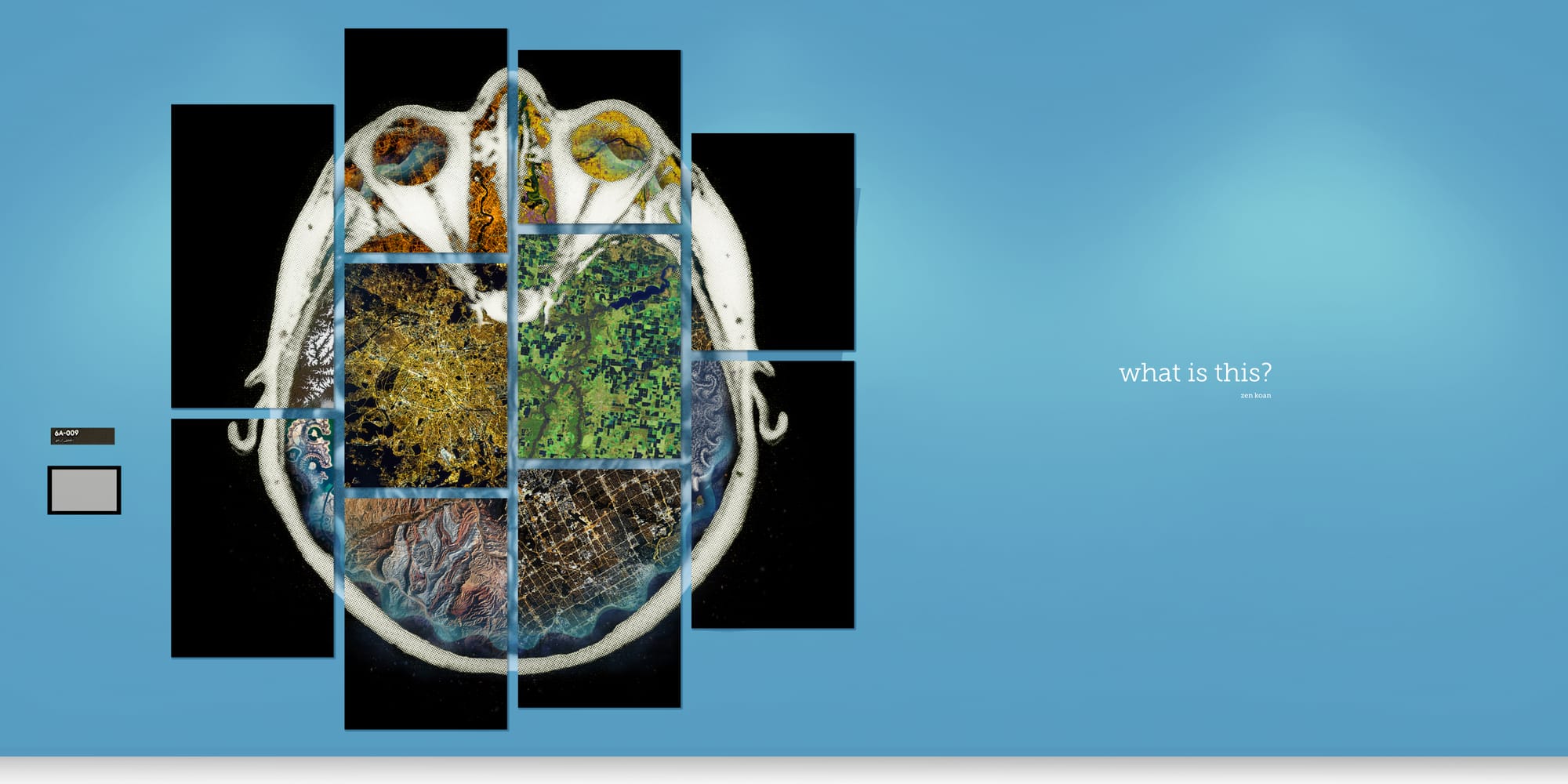
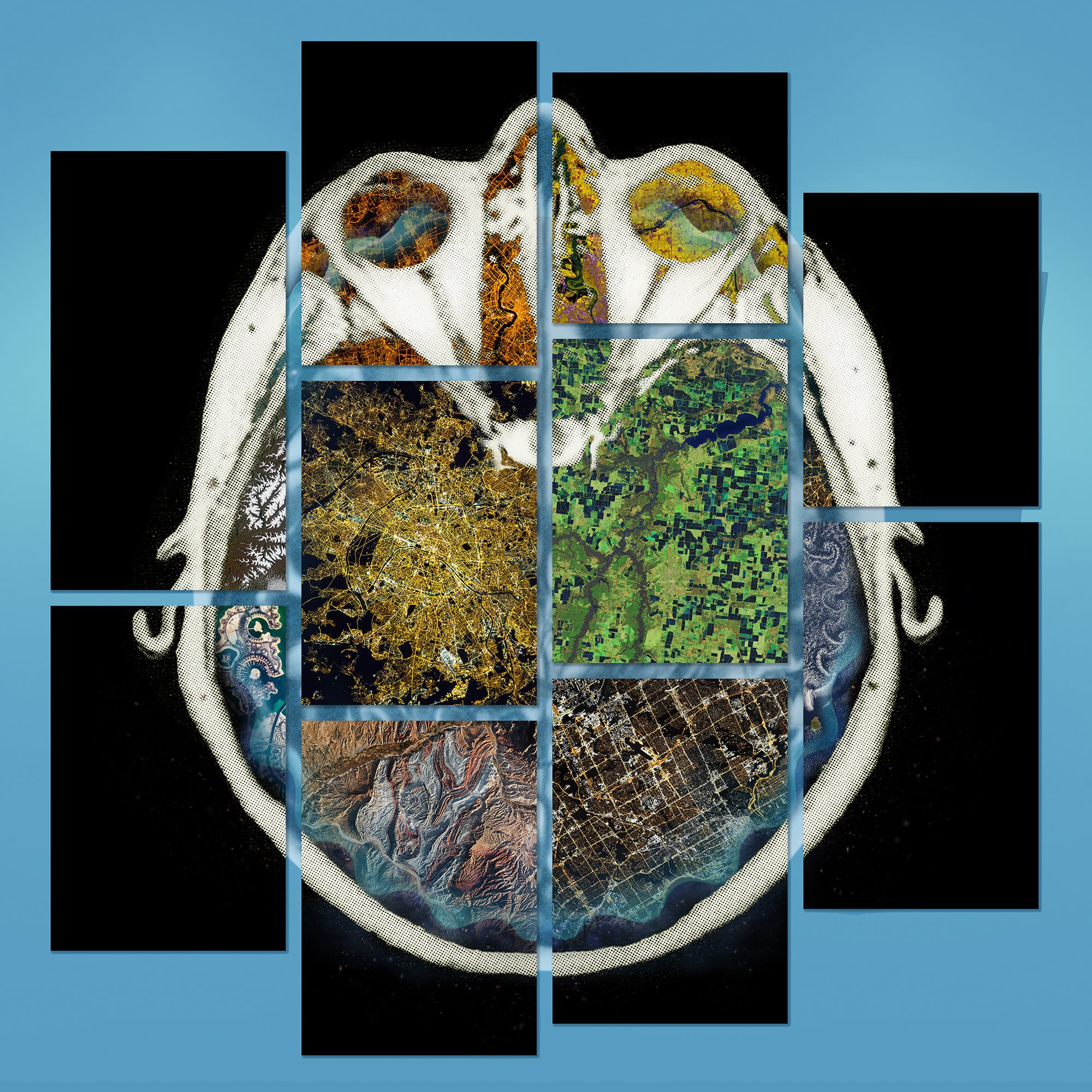
It's loosely about the interstitial nature of being, and an aggregated sense of Self that emerges from a negotiated space between the inner workings of the human body and our experiences within a planetary body. Through satellite imaging from NASA's Earth Observatory and public domain medical imaging, the series explores a common visual lexicon that seems to traverse scale. I've been interested in reframing relationships with, and stewardship of both these Hyperobjects – entities of such vast temporal and spatial dimensions that they defeat traditional ideas about what a thing is in the first place – to borrow Timothy Morton's term.
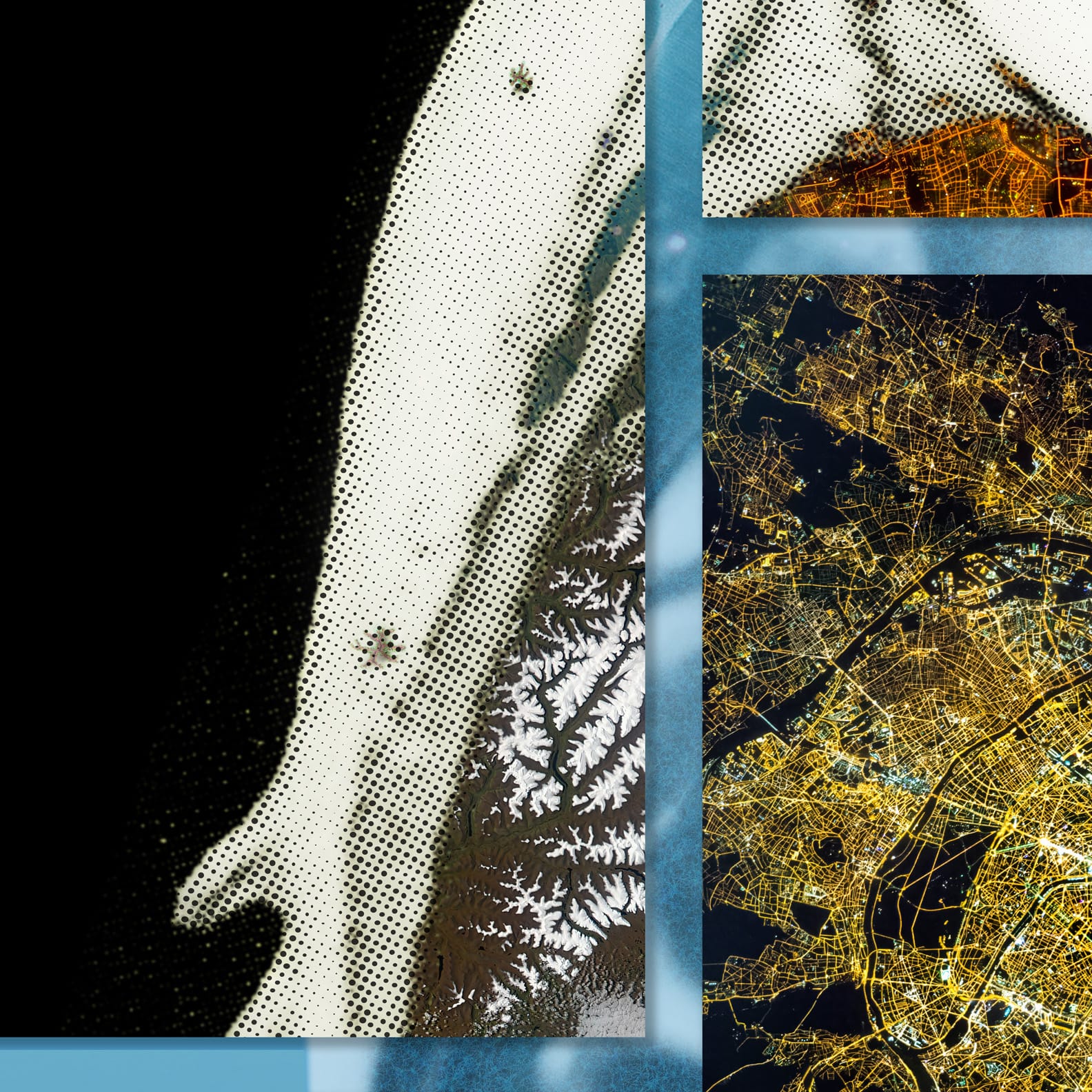
The work plays with scale, recursion, fragmentation, confluence, gaps, and other type of overlays, and like all curious and interesting things – I have no idea what it is – so when my friend Maria proposed the Zen Koan "What is This?" ...it was a no brainer!
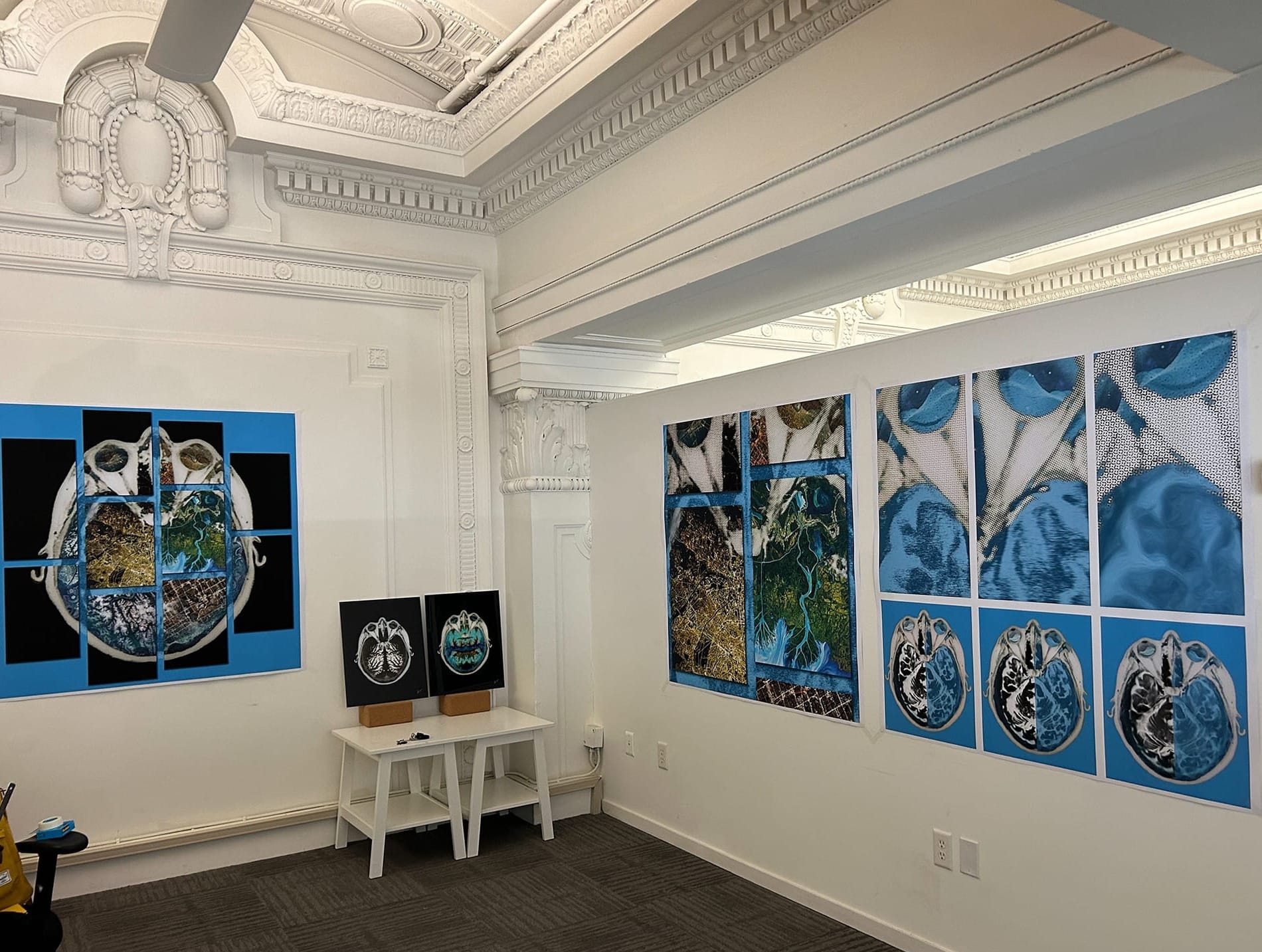
I've been fortunate to get some space to work in the upper reaches of All Purpose Creative, a forward looking creative agency in Vancouver, where I could hang large-scale mock-ups and tests to look at. This very cool creative space is an old bank complete with a walk-in vault (whose door hinges are also of a mind-altering scale).
It's been engaging to evolve the work here, and in the strange way that life imitates art - and vice versa - working small and manifesting big has felt weirdly recursive – in which a part requires the application of the whole, so that its explicit interpretation requires many successive executions.
A bit like the work itself.
Go figure.
Neurons
In developing the work, I was drawn back into the beautiful world of drawings by Camillo Golgi and Santiago Ramón y Cajal. They first mapped and brought to light the microscopic world of neurons in the 1900's. Both Nobel Prize winners, Golgi discovered a way to stain tissue to reveal individual neurons selectively (Black Reaction), Cajal built on work of observation and analysis, and they eventually became adversaries through their divergent theories of the architecture of nervous system...
Golgi appeared to support a holistic conception of the nervous system, the same that lay behind the theories of the opponents to cerebral localization, whereas Cajal and the 'neuronists' embraced an 'atomistic-reductionist' assumption, according to which the nervous system is made up of the sum of just so many neurons, each of which is an anatomical, functional, and embryological individuality, and not merely a "transit station" in a network of nervous filaments. Reticular theory versus neuron theory in the work of Camillo Golgi. National Library of Medicine
Well, there's that holistic/individual dichotomy again... it goes all the way down! Regardless, they did bring us some lovely drawings...
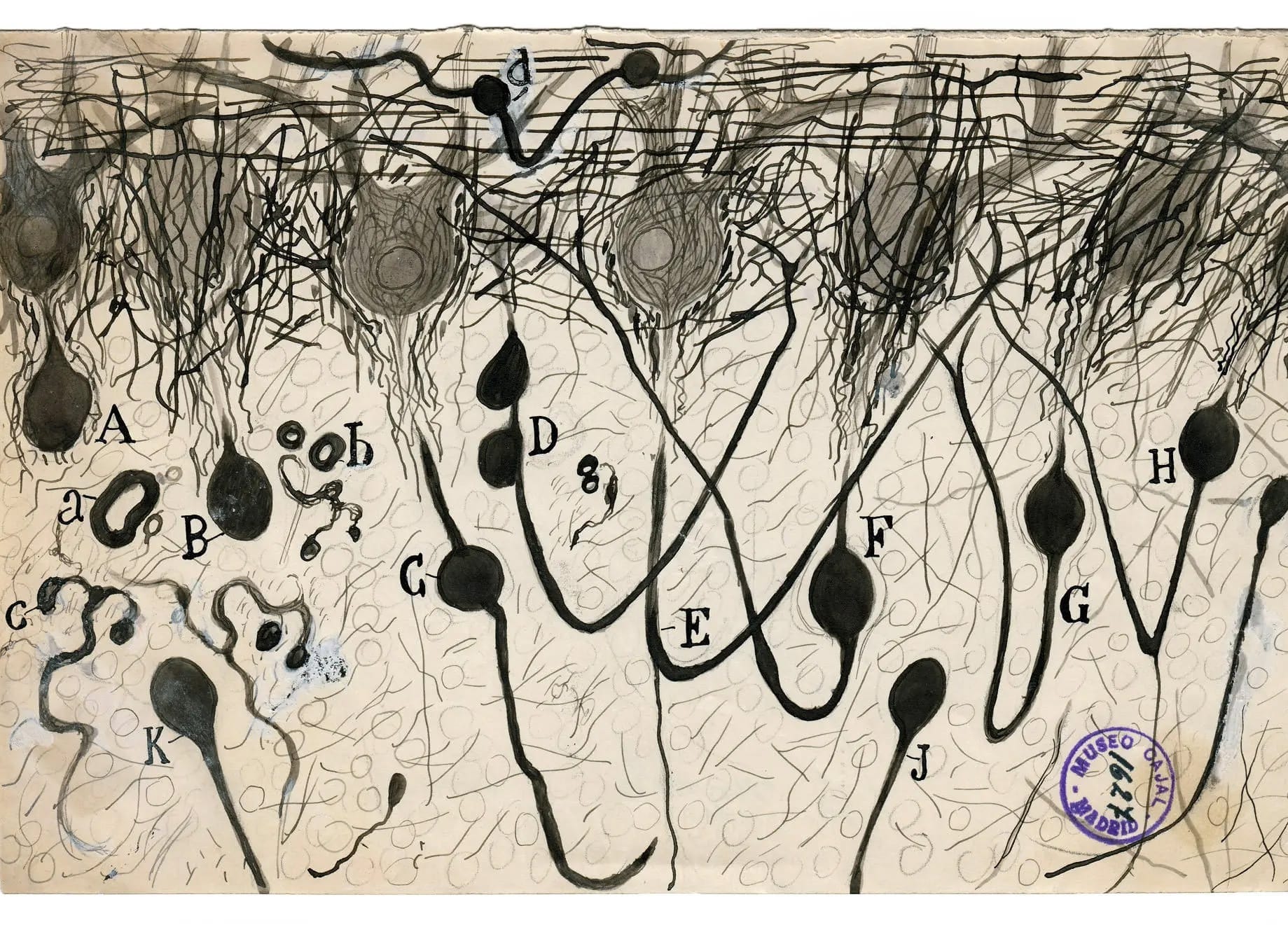
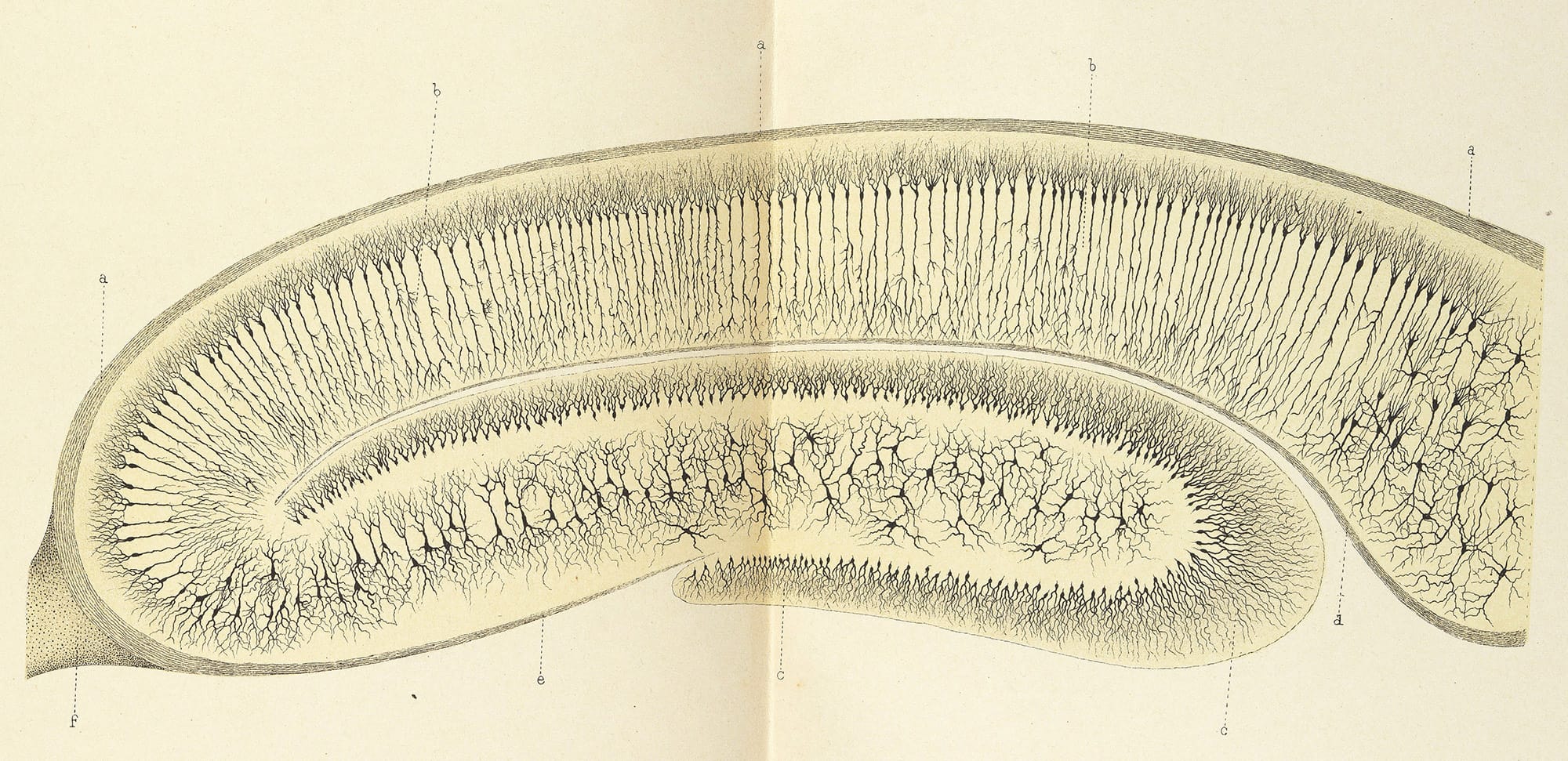
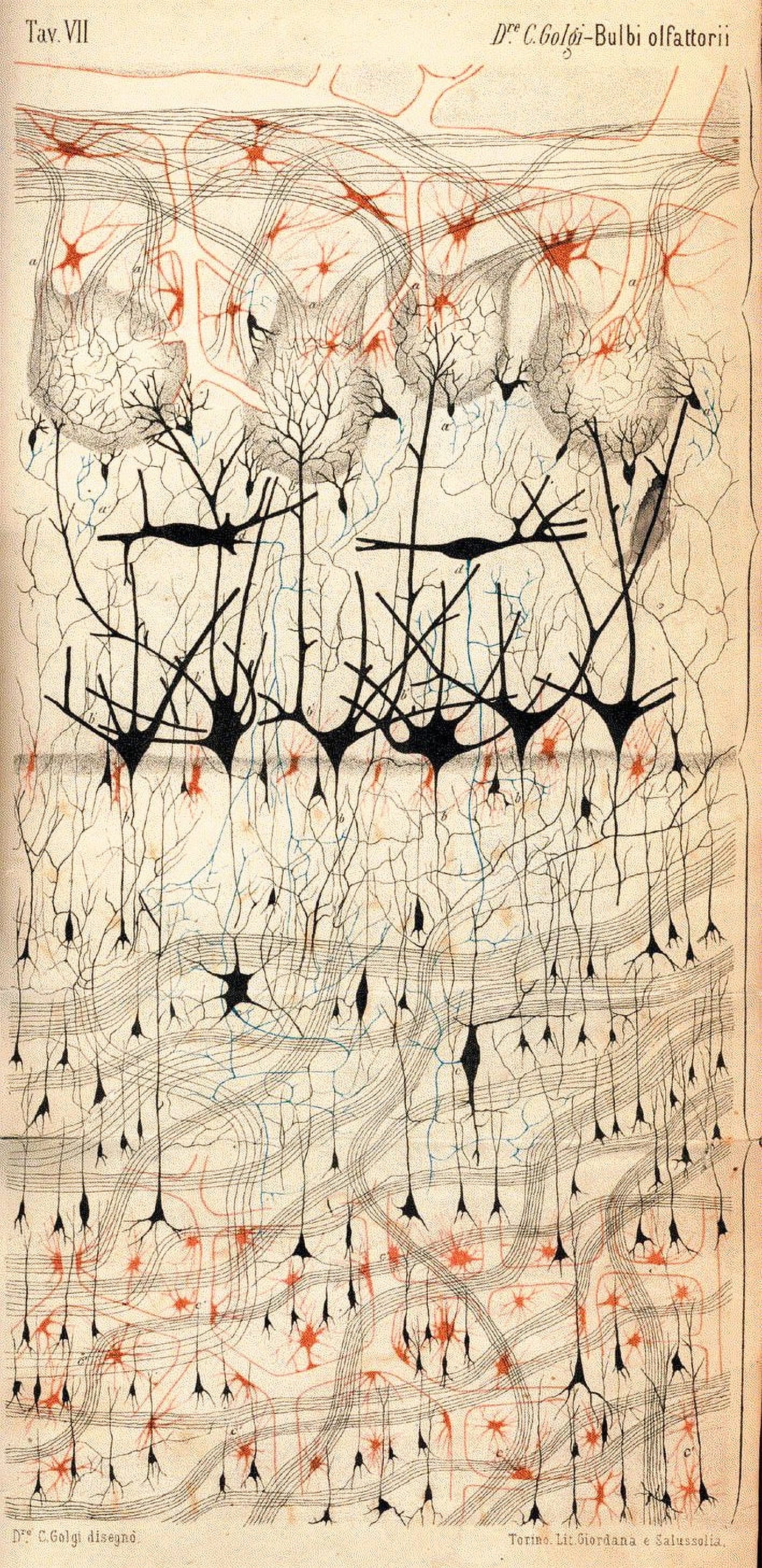
Neurogenesis
Neurogenesis is a cool term. It refers to the creation of new neurons from Neural Stem Cell (NSCs):
Multipotent cells which are able to self-renew and proliferate without limit, to produce progeny cells which terminally differentiate into neurons, astrocytes and oligodendrocytes. The non-stem cell progeny of NSCs are referred to as neural progenitor cells.
Neurogenesis is a highly dynamic process with various intrinsic and extrinsic regulators. Many factors have been shown to regulate the mechanisms through which new neurons proliferate, differentiate, migrate, survive, and integrate into the existing circuitry of the brain. Science Direct
It happens big time as children's brains evolve – and it can also take place in the adult brain. Curious if that might be a process in Beginner's Mind?
...for more picture viewing pleasure:
Cajal and Golgi, history:
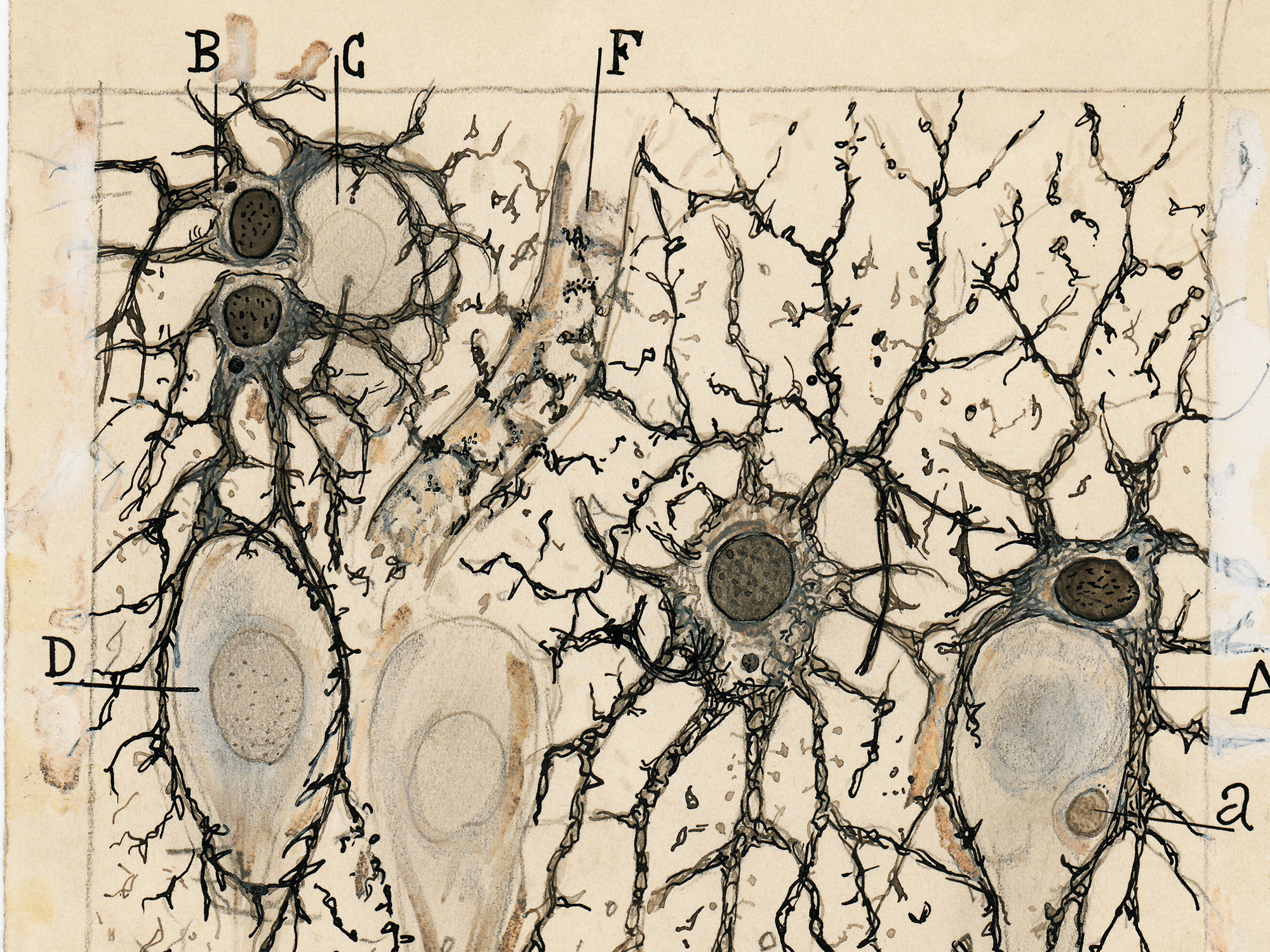
Distillations Magazine, Science History Institute
Cajal's drawings:

Images from the Public Domain Review
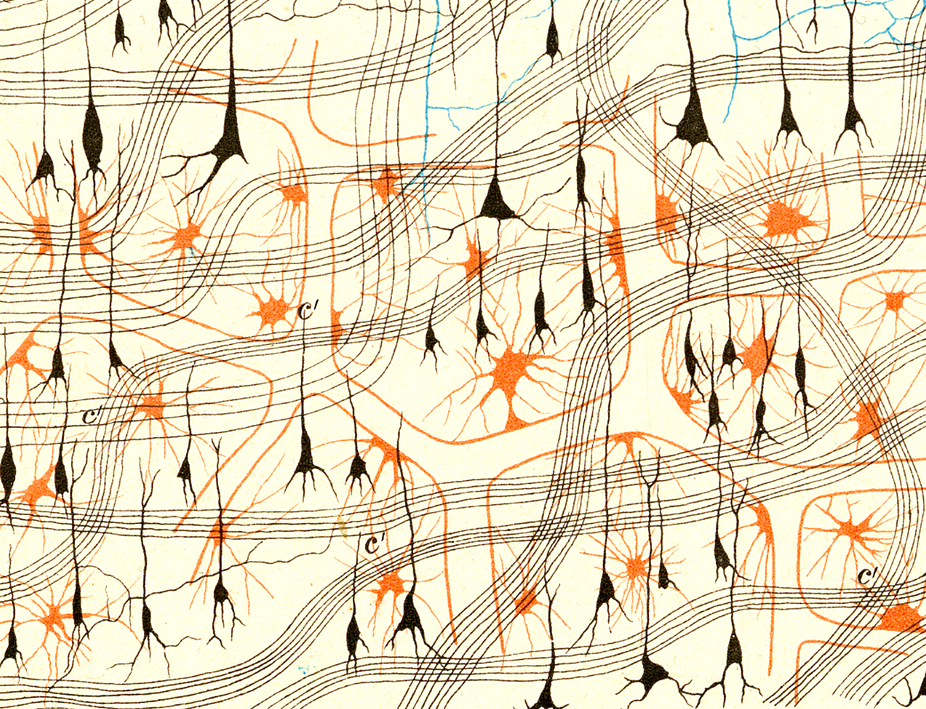
Illustrations of the Nervous System. Public Domain Review
As always, thanks for reading and indulging!
Share via Email



Member discussion